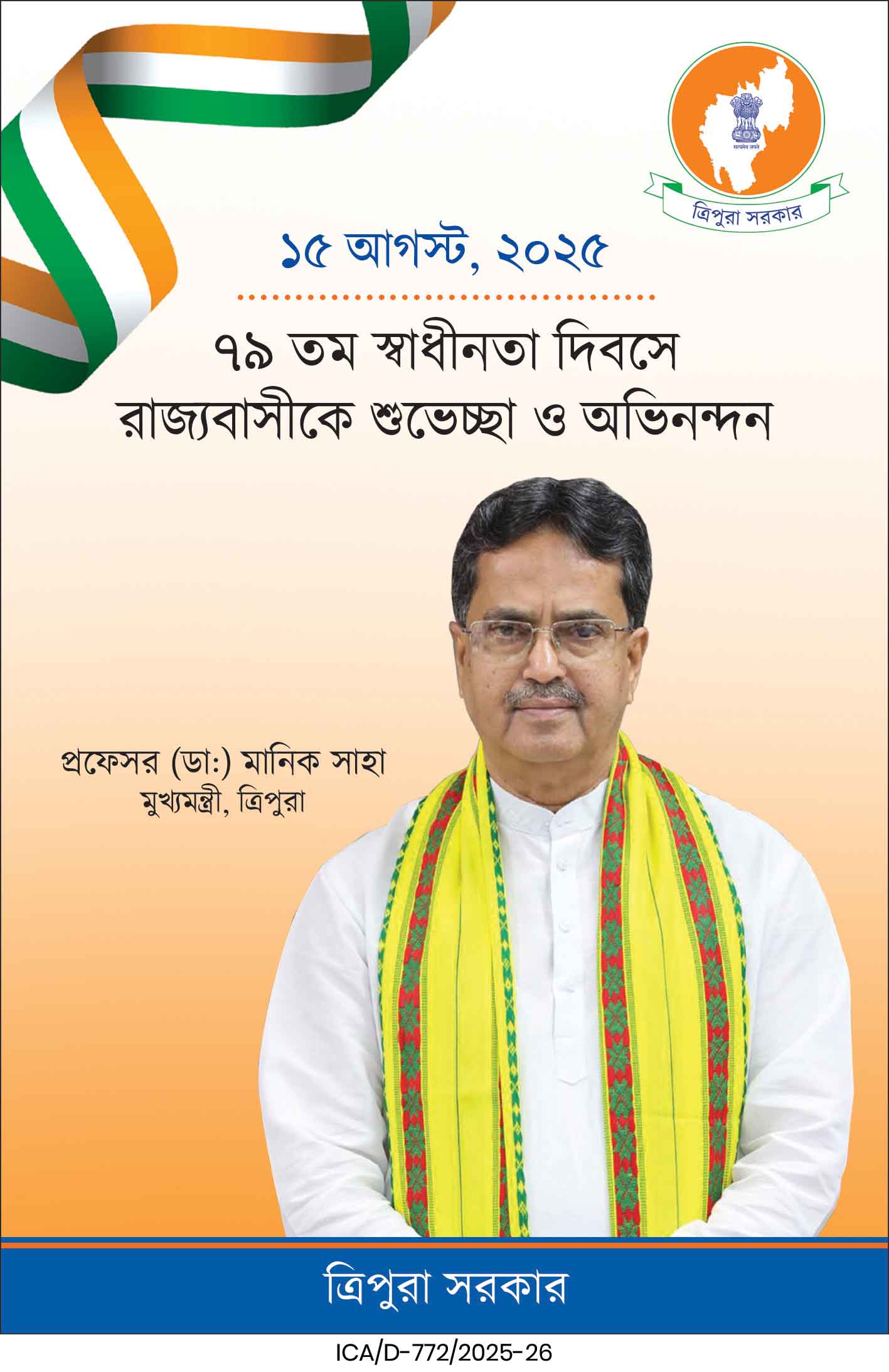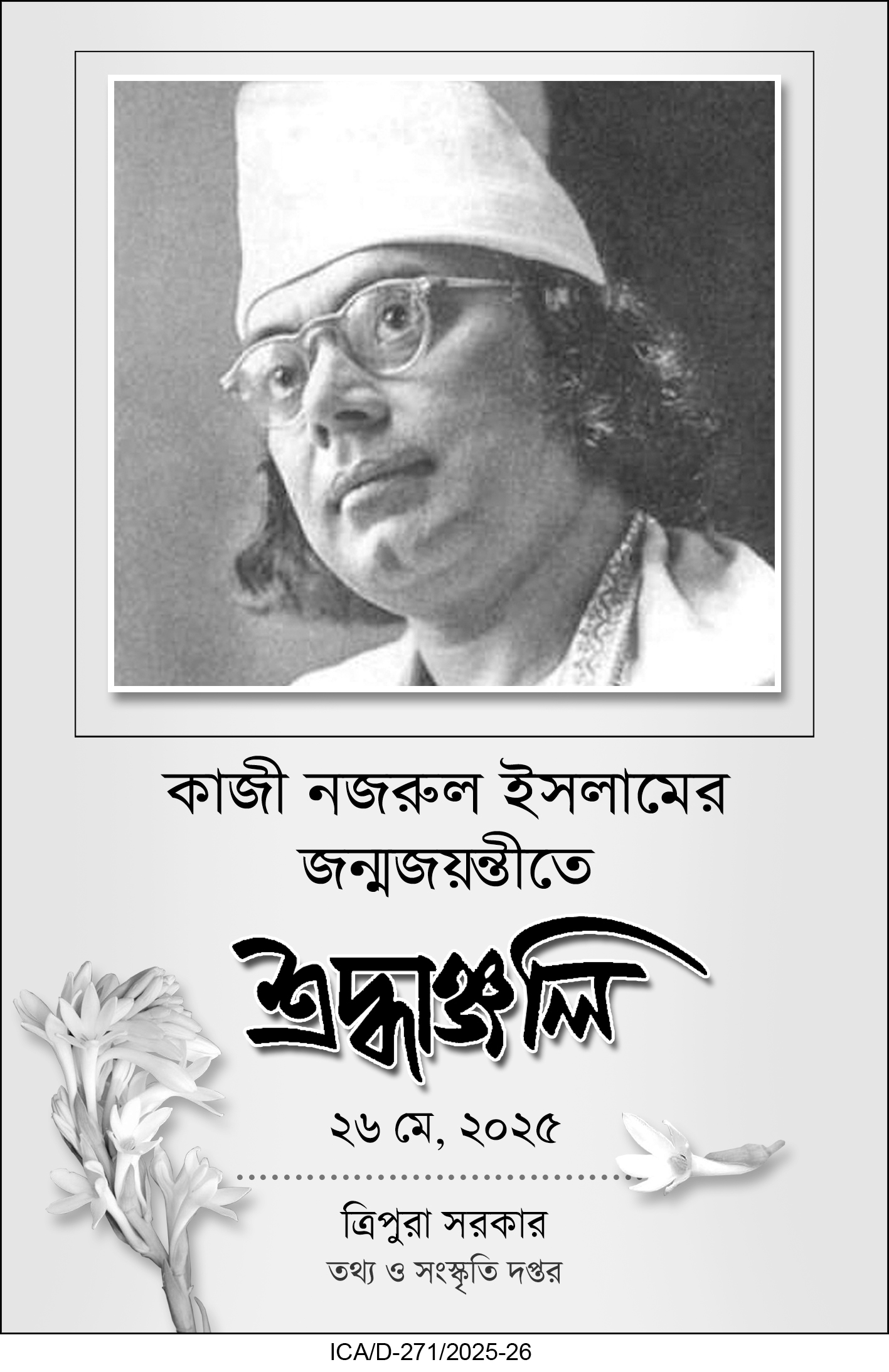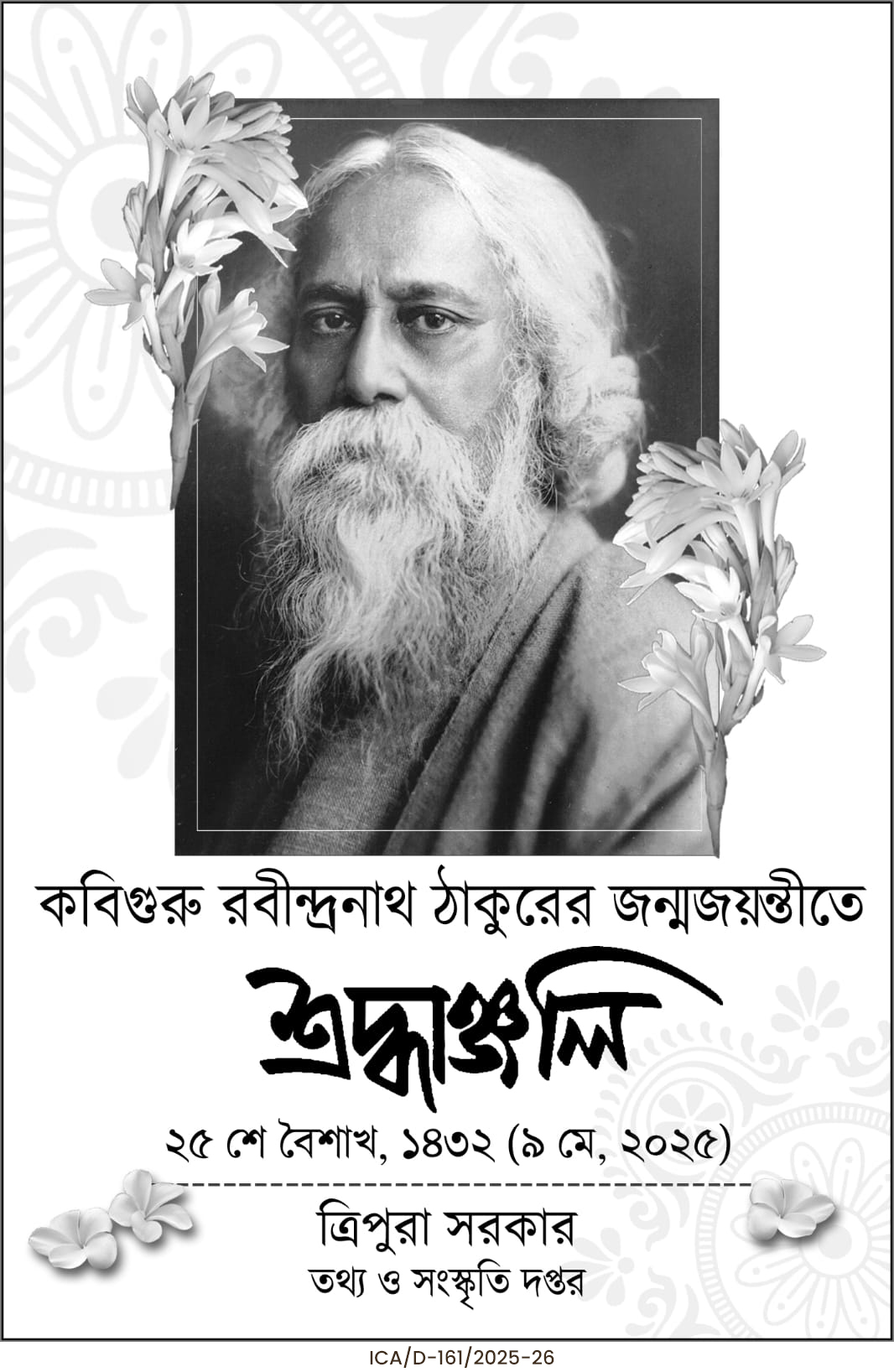Over 14,000 women handloom weavers across India have been trained under the SAMARTH Scheme in the last three years, with support from the Ministry of Textiles. Initiatives like NHDP and RMSS offer financial aid, skill development, and market support, empowering women artisans while preserving India’s handloom heritage.
As part of the ongoing Azadi Ka Amrit Mahotsav celebrations, the Ministry of Textiles has reiterated its commitment to empowering women handloom weavers across India through a range of targeted initiatives. In a written reply in the Rajya Sabha on Friday, Minister of State for Textiles Pabitra Margherita revealed that more than 14,000 women have been trained under the SAMARTH Scheme in the past three financial years, spanning from 2022–23 to 2024–25.
The announcement underscores the government’s efforts to blend tradition with modern skills, ensuring that India’s rich handloom heritage remains relevant in today’s market while creating sustainable livelihoods for women artisans.
Women at the Core of Textile Skill Development
The SAMARTH Scheme — officially known as the Scheme for Capacity Building in Textile Sector — serves as a flagship programme of the Ministry of Textiles. While it benefits the entire textile workforce, women have emerged as significant beneficiaries, especially in the handloom segment.
Data presented in Parliament shows that Assam led the list with 1,327 women weavers trained, followed by Kerala (1,056), Tamil Nadu (1,027), and Maharashtra (1,027). Other states also demonstrated strong participation, including Odisha (727), Uttar Pradesh (727), Telangana (697), Manipur (579), Mizoram (498), Tripura (475), and Karnataka (474).
The geographic diversity of participation highlights the widespread reach of the initiative, which cuts across India’s cultural and linguistic boundaries.
Comprehensive Support Through Central Schemes
The SAMARTH scheme is part of a larger ecosystem of central sector schemes being implemented by the Ministry of Textiles. These include the National Handloom Development Programme (NHDP) and the Raw Material Supply Scheme (RMSS).
While these schemes are designed to be gender-neutral, certain benefits are tailored specifically for women weavers. Under NHDP, for instance, women receive a 100% subsidy for the construction of worksheds, ensuring they have a dedicated space to continue their craft without logistical constraints.
Other forms of assistance under these schemes include:
Financial aid for procuring raw materials
Provision of upgraded looms and solar lighting units
Skill development workshops for technical upgradation
Marketing support to help artisans reach wider markets
Development of technical infrastructure for better production quality
Access to MUDRA loans for entrepreneurial ventures
Scholarships for children of handloom workers
Social security coverage for weavers and their families
Such a multi-pronged approach ensures that skill development is complemented by economic and social support, thereby creating a sustainable pathway for artisans.
Modernising Tradition While Preserving Heritage
The SAMARTH Scheme is designed to help traditional weavers, particularly women, adapt to modern demands. This includes training in contemporary design trends, efficient production techniques, and better quality control.
By doing so, the programme safeguards India’s centuries-old weaving traditions while making them commercially viable. The Ministry believes that skill enhancement combined with market linkages will not only increase the income of weavers but also attract younger generations to the craft.
A Step Towards Self-Reliance and Women’s Empowerment
The success of the SAMARTH Scheme in training over 14,000 women in just three years is a testament to the growing recognition of women’s role in the textile sector. By strengthening their skills and improving access to resources, the government aims to boost rural employment, encourage entrepreneurship, and promote India’s identity as a global hub for handloom products.
The initiative also aligns with the Atmanirbhar Bharat vision, promoting self-reliance by equipping artisans with the tools and training necessary to thrive without dependency on intermediaries.
| Also Read: Uttarakhand floods: BRO’s swift action to rescue |
As India continues to celebrate 75 years of independence under Azadi Ka Amrit Mahotsav, the empowerment of women handloom weavers stands out as a shining example of how cultural preservation and economic development can go hand in hand.





